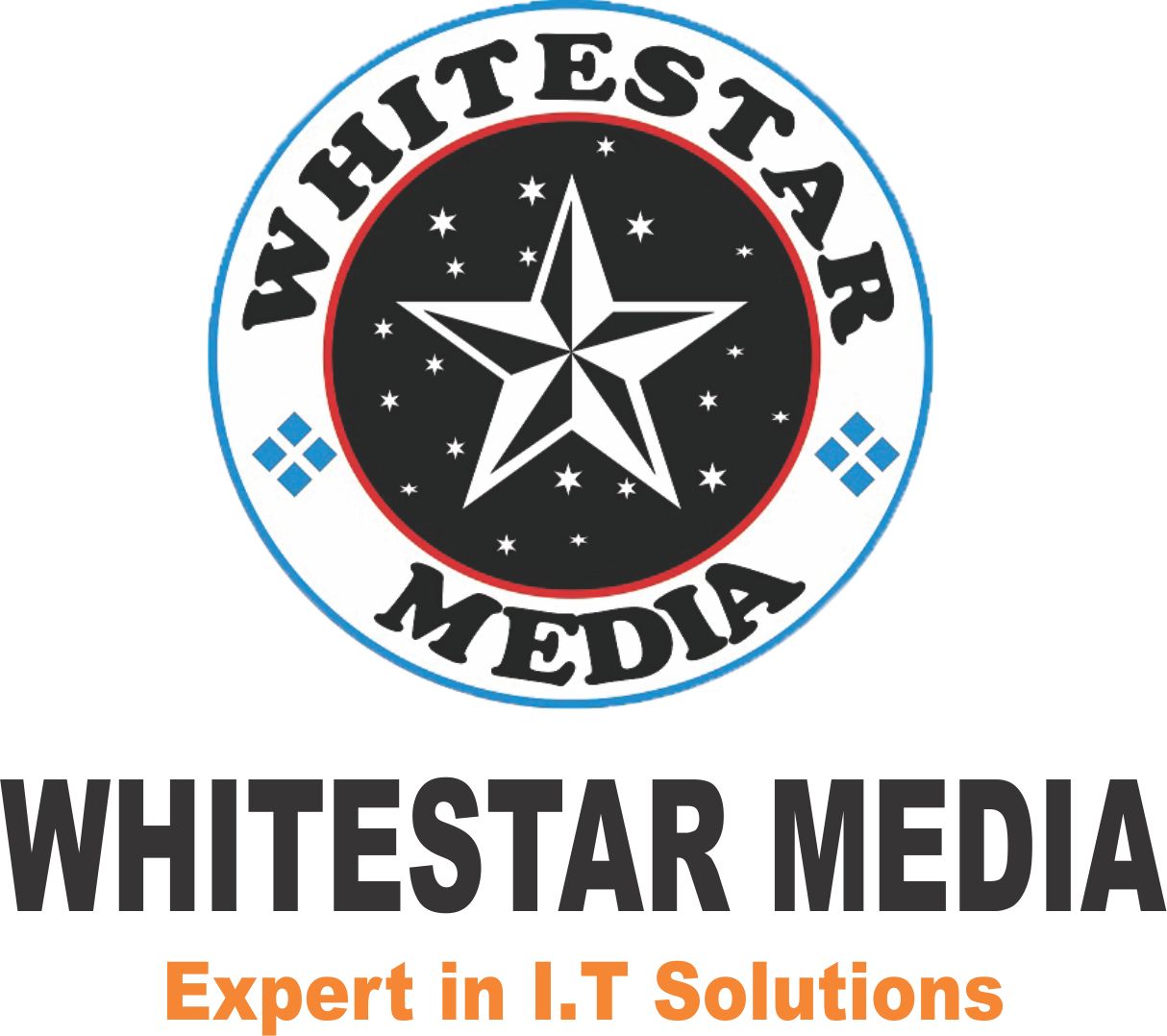Cloud Computing and Edge Computing:
Cloud computing and edge computing continue to shape the IT landscape:
-
- Hybrid and Multi-Cloud: Cloud Computing: Cloud computing is a technology paradigm that involves the delivery of computing resources, such as servers, storage, databases, and software, over the internet. It allows organizations to access and use these resources on-demand, typically through a pay-as-you-go model. Cloud computing offers scalability, flexibility, and cost-effectiveness, making it an ideal choice for hosting applications, storing data, and running services. Common cloud service models include Infrastructure as a Service (IaaS), Platform as a Service (PaaS), and Software as a Service (SaaS). Many organizations are adopting hybrid and multi-cloud strategies to combine the benefits of public and private clouds. This approach offers flexibility, scalability, and redundancy.
- Edge Computing: Edge Computing: Edge computing is a distributed computing paradigm that brings data processing and computation closer to the source of data generation, typically at or near the “edge” of a network. This approach reduces latency, enables real-time data analysis, and enhances the efficiency of applications, especially those relying on the Internet of Things (IoT) devices. Edge computing is vital for use cases where immediate decision-making or low-latency response times are critical, such as autonomous vehicles, industrial automation, and smart cities. It complements traditional cloud computing by decentralizing data processing. Edge computing has gained traction in applications like IoT, where real-time data processing is crucial. It enables faster response times and reduced latency by processing data closer to its source. This is vital for industries such as manufacturing and autonomous vehicles.
- Serverless Computing: Serverless computing models, like AWS Lambda and Azure Functions, have become increasingly popular. They allow developers to focus on writing code without managing servers, reducing operational overhead.
These trends reflect the ongoing evolution of the IT industry, driven by the need for innovation, security, and efficient data processing. Staying updated on these trends is essential for organizations looking to leverage technology for their competitive advantage.



